
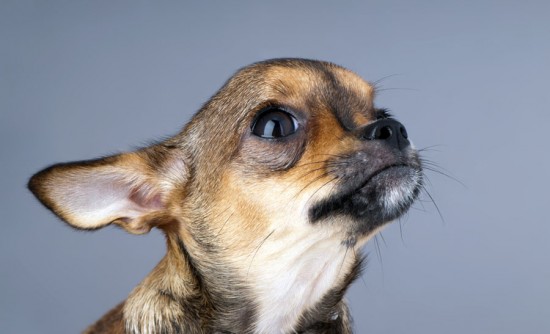
The name 'toy dog' is a catch-all title used by The Kennel Club to refer to dogs which are naturally small in stature (but often have large personalities!) and may come from any one of a wide variety of different types. Some doggy designations such as spaniels and terriers have specific breeds within their type which are classed as 'toy' dogs, while other animals from the same overall grouping may be full sized. Other terms which are often used when talking about toy dogs include lap dogs (referring to a dog which is small enough to comfortably sit on your lap) and 'teacup sized' to designate the very smallest of toy dogs which are even tinier than the usual half pint toy types!
Depending on their breed, toy dogs may either have simply always been naturally small with their diminutive size being a basic trait of the breed, or in the case of dogs such as the English Toy Terrier, were selectively bred down from larger dogs to produce a smaller breed in its own right which shares many of the traits of their full sized cousins.
Other than the fact that all toy dogs are of course small in stature, there really are very few other similarities between toy dog types across the range! Some toy dogs are quiet and prone to laziness, and are not keen on vigorous exercise; others are full of beans and require a significant amount of stimulation. Some are easygoing, laid back and great with children, others considerably more high maintenance.
As many toy dog breeds are specially bred descendants of other larger breeds such as those in the terrier and spaniel groupings, specific toy dogs depending on their types and origins may in fact have more in common with larger dogs of the same ancestry than they do with other small dogs of different breeds.
What makes a dog a 'toy dog' or how they come to be defined as such varies from country to country and even with regional variations; the term toy dog is generally taken to be a catch-all phrase to denote any small dog of either a pure or mixed breed. The Kennel Club in the UK recognises a full twenty three dogs as being of a 'toy breed' for showing purposes; the current list consists of:
The first and most obvious advantage of keeping a toy dog rather than a dog of a larger breed is the fact that by virtue of their small size, they do not require as much living space as larger dogs. They require smaller bedding, kennels, crates and general accommodation, eat less, cost less to spay or neuter, flea and worm, and can be kept perfectly happily in smaller houses and flats while still being able to stretch their legs and move around freely.
However, it would be a mistake to think that keeping a toy dog is automatically going to be easier or require less maintenance than keeping a larger dog; While they may be more similar in stature to cats, toy dogs are still 100% canine, and need to be treated as such! Just like larger dogs, toy dogs need to be walked at least once a day (or more often for more active breeds) interacted with regularly, correctly trained, played with and stimulated, and provided with companionship. Toy dogs are no more suited to being left enclosed and unsupervised for long periods of time while their owners are at work than any larger dog is, and they require all of the same time and financial commitment to their lifelong care as any other type of dog.
As has been mentioned, there is a great amount of variation between different types of toy dog breeds in terms of their temperament, personality and exercise requirements. Some of the smaller dogs such as the Chihuahua only require short walks and light exercise, whereas others such as the English Toy Terrier and Italian Greyhound love long walks and energetic play. It's important to remember when walking any toy dog that they only have little legs, and you will need to account for their shortened pace and the fact that they will become tired more quickly than taller dogs, and plan their walks accordingly!
Because of their specific breeding as lap dogs and companion animals, many of the toy dog breeds such as the Chinese Crested dog are not particularly hardy, and cannot weather the vagaries of hot and cold weather very well, so you will need to take special care of their requirements to make sure that they are happy and healthy. Similarly, generations of inbreeding and selective breeding to certain breed standards have caused an elevated assortment of risk factors and predilection to a range of potentially inherited conditions and genetic traits in some toy dog breeds, such as in the case of the Pug dog and the Cavalier King Charles spaniel. It's important to research each breed thoroughly and take every dog you might be considering on a case by case basis before making your final selection.
Toy dogs have a lot to recommend them for a wide variety of reasons- If you are considering buying a toy dog because you have a particular love of a breed, or have restricted space but are prepared and willing to take care of all of their requirements and day to day care both now and in the long term, then choosing a toy dog breed to join your family may well be the perfect choice for you. Happy hunting!
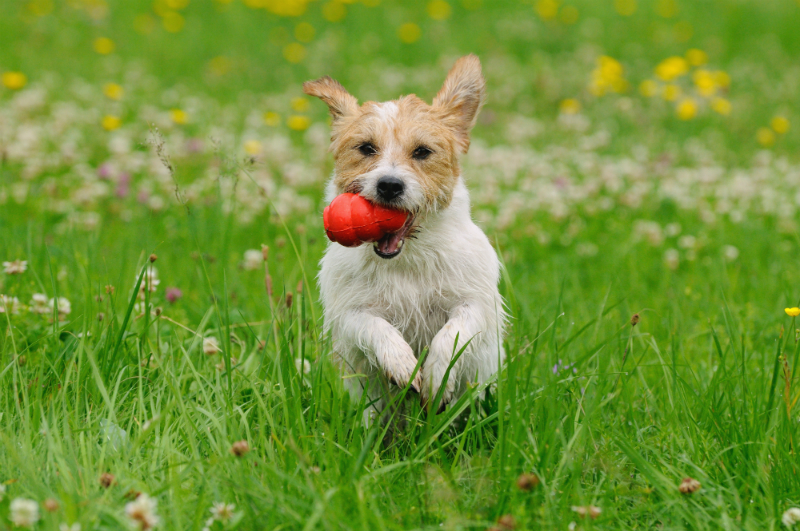 Christmas Presents for Dogs: Santa Paws is coming to Town!
Christmas Presents for Dogs: Santa Paws is coming to Town!
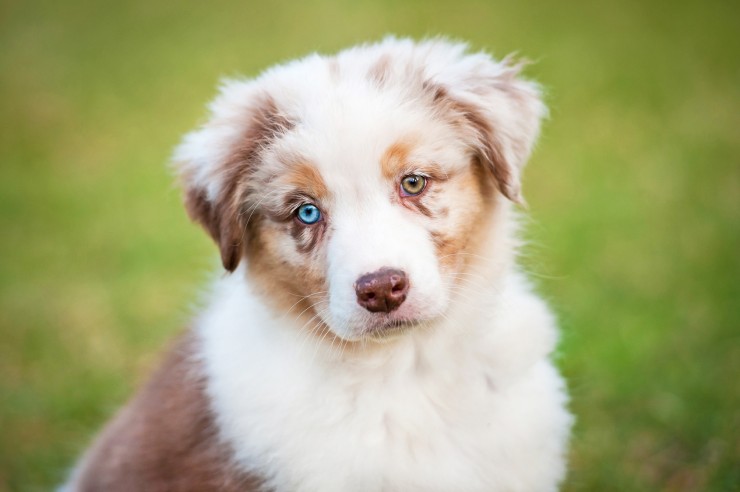 Antihistamines For Canine Allergies
Antihistamines For Canine Allergies
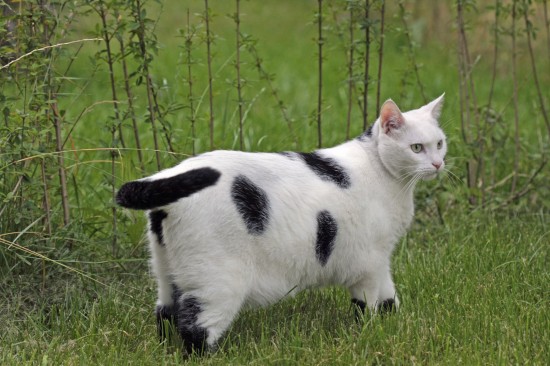 How To Tell If Your Cat Is Overweight - And What To Do About It
How To Tell If Your Cat Is Overweight - And What To Do About It
 Standard Poodles Puppies - The Intelligent and Playful Dogs Loved By All
Standard Poodles Puppies - The Intelligent and Playful Dogs Loved By All
 How To Determine If Your Horse Is In Pain
How To Determine If Your Horse Is In Pain
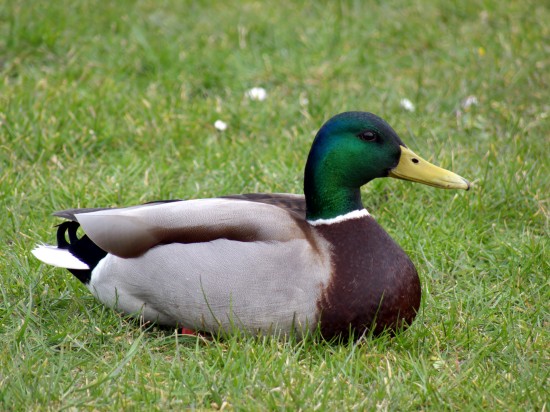 How To Care For Bantam Ducks During The Winter Months
How To Care For Bantam Ducks During The Winter Months
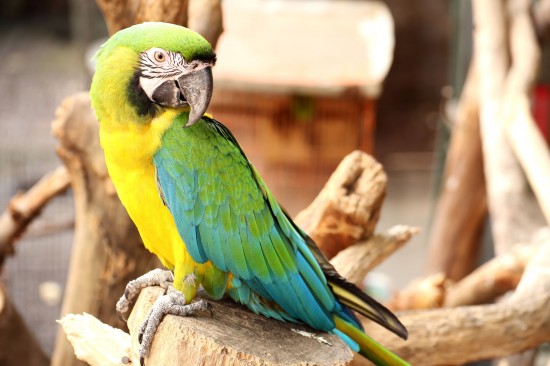 Respiratory Infections In Birds
Respiratory Infec
Respiratory Infections In Birds
Respiratory Infec
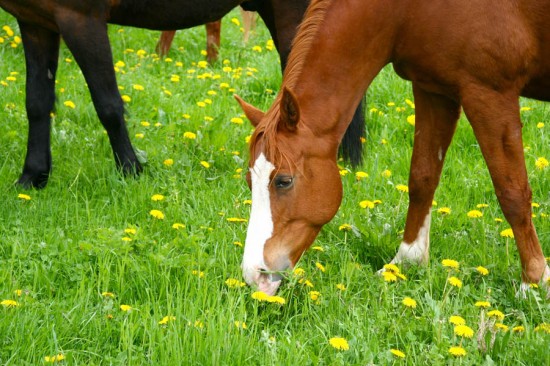 Should I Feed Herbal Supplements To My Horse?
Should I Feed Her
Should I Feed Herbal Supplements To My Horse?
Should I Feed Her
 New Regulations Come Into Force For Dog Breeders In Wales
New Regulations C
New Regulations Come Into Force For Dog Breeders In Wales
New Regulations C
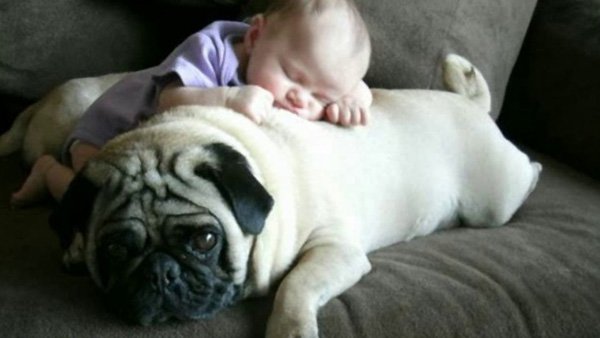 Chocolates are not for your dog
Chocolates are not for your dog
Puppies are kn
Chocolates are not for your dog
Chocolates are not for your dog
Puppies are kn
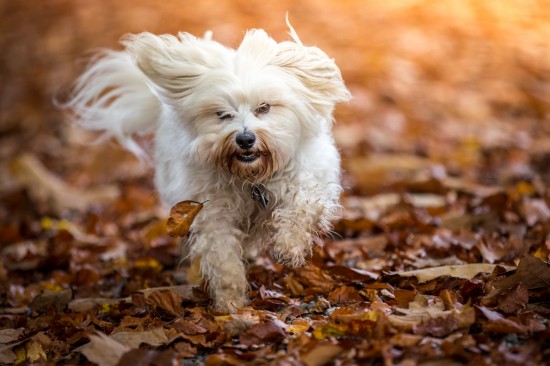 Feeding Your Dog In The Autumn And Winter
Feeding Your Dog
Feeding Your Dog In The Autumn And Winter
Feeding Your Dog
Copyright © 2005-2016 Pet Information All Rights Reserved
Contact us: www162date@outlook.com